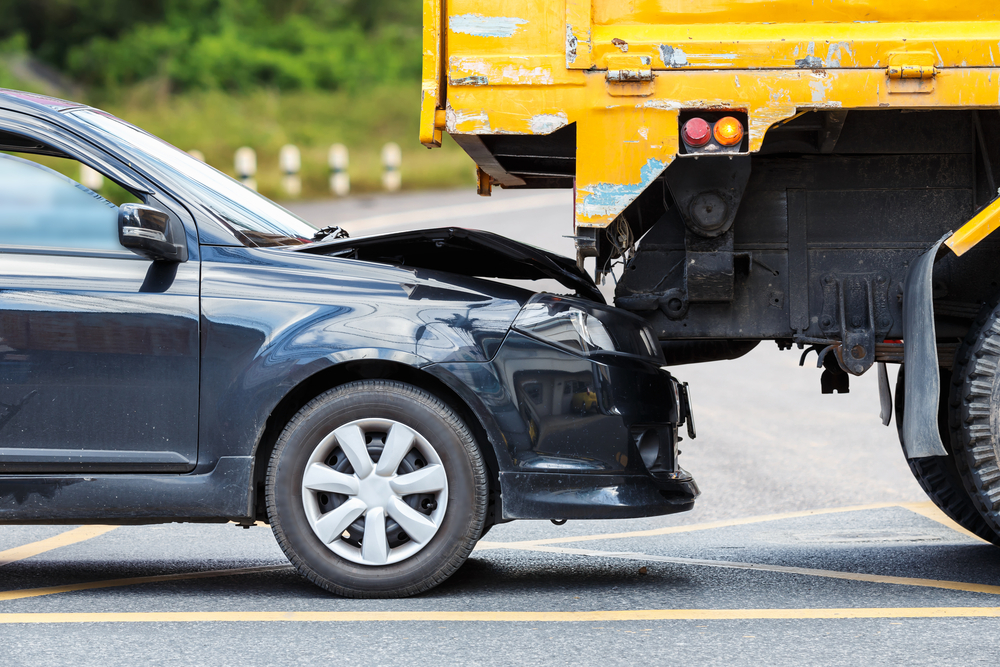Helmet Use and Its Impact on Bicycle Injury Claims

Written by Bradley Smith

When you wear a helmet while cycling, you significantly reduce the risk of head injuries in accidents, which directly affects how injury claims are filed and settled. Helmet use often lowers the severity of claims and can influence the outcome of liability and compensation.
Understanding the connection between helmet use and injury claims can help you make informed decisions about your safety and legal rights. It also sheds light on how insurance companies and courts view helmeted versus non-helmeted cyclists in accidents.
Knowing these details can prepare you for what to expect if you are involved in a bicycle accident. Your helmet could play a key role in the financial and legal process that follows.
Safety Significance of Helmet Use in Bicycle Accidents
Wearing a helmet greatly influences the severity of injuries you might sustain in a bicycle accident. The use of helmets directly affects how serious your head injuries can be and plays a role in the financial and legal aspects of injury claims.
Impact of Helmets on Injury Severity
Helmets reduce the risk of severe head trauma by absorbing and distributing the force of impacts during a crash. Studies show helmeted riders are less likely to suffer traumatic brain injuries or skull fractures.
This reduction in injury severity often leads to shorter hospital stays and fewer long-term disabilities. For you, this means lower medical costs and a less complicated recovery. Insurance claims involving helmet use typically reflect fewer and less costly injuries. This can influence the compensation you receive and affect how liability is assessed in legal proceedings.
Role of Helmets in Preventing Head Injuries
Helmets provide a physical barrier that protects your skull and brain by reducing impact forces. Their design minimizes direct contact between your head and hard surfaces like pavement or vehicles.
By preventing or lessening the severity of head injuries, helmets greatly decrease your chances of permanent disability or death. This protection is essential given that head injuries are a leading cause of fatal outcomes in bike accidents.
From a financial perspective, avoiding serious head injuries reduces the overall burden on claim settlements. You may face fewer legal challenges and lower personal expenses when helmets are used properly.
Legal Implications of Helmet Use on Bicycle Injury Claims
Helmet use can impact how liability is assessed and how injury claims are handled, depending on the legal context. Understanding local laws and their enforcement is crucial for anyone involved in a bicycle accident.
Influence of Helmet Use in Liability Determinations
When you file a bicycle injury claim, whether you wore a helmet can affect the outcome. Some courts consider helmet use as evidence of reasonable care, possibly reducing your share of fault. Conversely, not wearing a helmet may be seen as negligence, which can lower the compensation you receive.
Insurance adjusters often factor helmet use into their evaluations. If you weren’t wearing a helmet, insurers might argue that your injuries were worsened due to your failure to mitigate harm. This can influence settlement offers or the court’s judgment.
You should be aware that helmet use rarely shifts full liability but can affect comparative fault calculations. Your legal counsel can help present helmet use or non-use accurately in claims.
Laws and Regulations Affecting Bicycle Helmet Use
Helmet laws vary significantly by jurisdiction, affecting your legal responsibilities and insurance claims. Some areas require helmets only for minors, while others apply to all cyclists. Violating these laws can result in fines and complicate injury claims.
In jurisdictions with mandatory helmet laws, not wearing a helmet can be used against you in court to argue contributory negligence. This may reduce your financial recovery. In places with no helmet laws, helmet use remains a factor but carries less legal weight.
You should consult local traffic codes to understand your obligations. Knowing whether you must wear a helmet is crucial before pursuing injury claims or defending against liability.

Handling Bicycle Injury Claims: Strategies and Legal Perspectives
You need careful attention to how helmet use affects your bicycle injury claim. The approach to your case and the evidence you gather can shape the outcome, whether you wore a helmet or not.
Approach of Smith & Weidinger PLLC to Helmet-Related Claims
Smith & Weidinger PLLC examines helmet use as one factor among many in your claim. We focus on how helmet use impacts liability, injury severity, and damages, rather than assuming it alone determines fault.
We assess police reports, medical records, and accident reconstructions to understand your situation fully. If you wore a helmet, we would highlight its protective role and argue for fair compensation regardless of helmet use.
If you did not wear a helmet, our firm is prepared to counter arguments that could reduce your compensation by showing other parties’ negligence. We work to prevent helmet use from being used unfairly against you.
Case-Building Techniques for Claims Involving Helmet Use
When building your case, evidence about helmet use is organized carefully. You should provide clear proof, such as photos, eyewitness statements, and medical documentation about helmet condition and injury patterns. If you wore a helmet, the focus is on how it mitigated your injuries. This helps establish the extent of compensation needed without minimizing your pain and losses.
If no helmet was worn, attorneys prepare to shift focus to the other party’s liability and the full circumstances of the accident. They track inconsistencies in the opposing side’s claims and emphasize factors unrelated to helmet use. Key considerations include:
- Helmet condition and fit
- Injury severity compared to helmet use
- Statements from witnesses and experts
- Negligence by drivers or others involved
This approach aims to ensure your injury claim reflects the full reality of your accident and injuries.
Note: The information provided in this blog post has been compiled from publicly available and secondary sources. While we strive for accuracy, some details may become outdated or contain inadvertent errors. If you believe any information is incorrect or requires updating, please contact Smith & Weidinger so that we may review and make the appropriate corrections.
Disclaimer: This blog post is for informational purposes only and is not intended as a solicitation for business. The photo used is not from the scene of the incident described. Viewing this content does not create an attorney-client relationship with Smith & Weidinger. If you have been injured in an accident, please seek immediate medical attention and then consult with a qualified attorney to discuss your legal rights and options.










